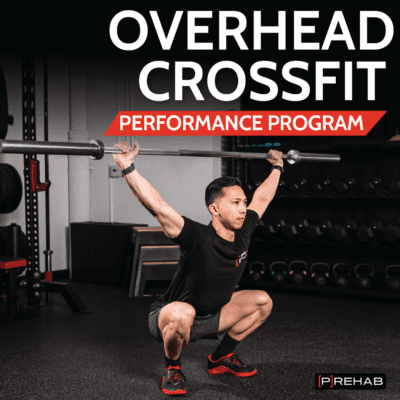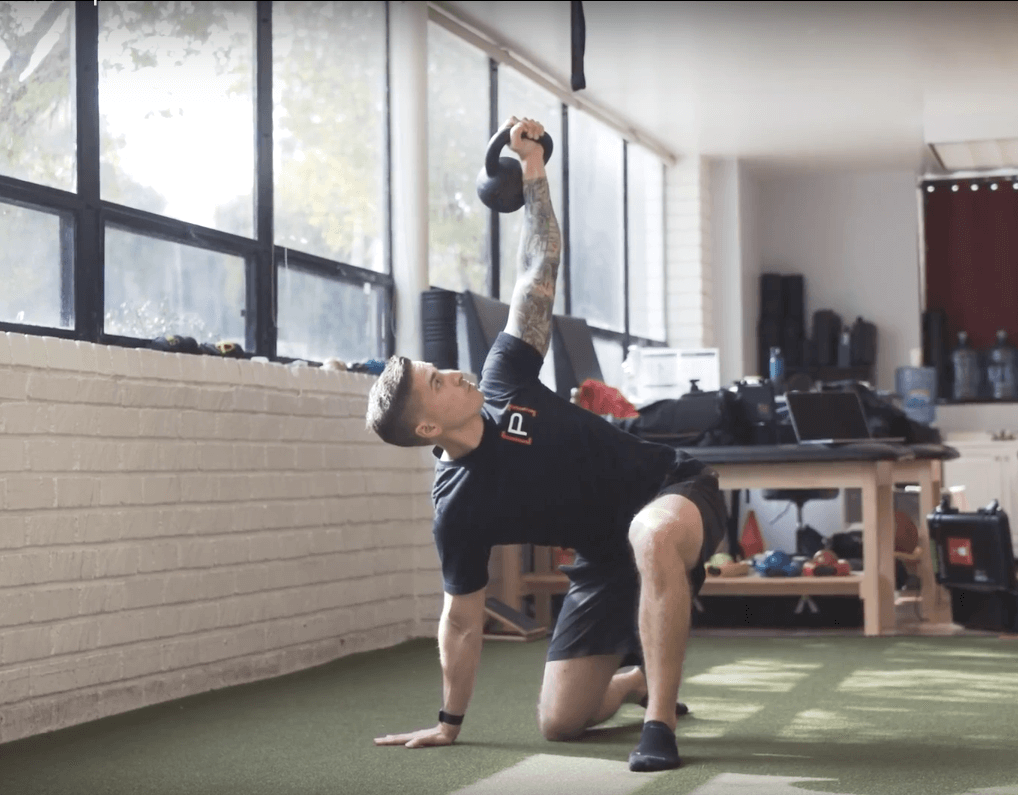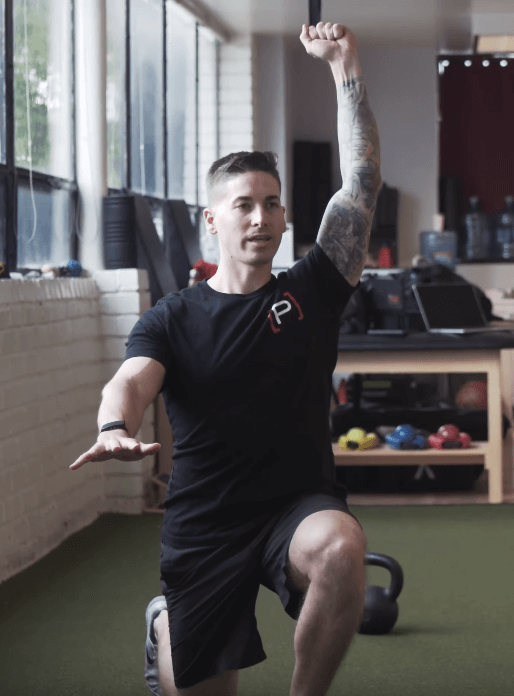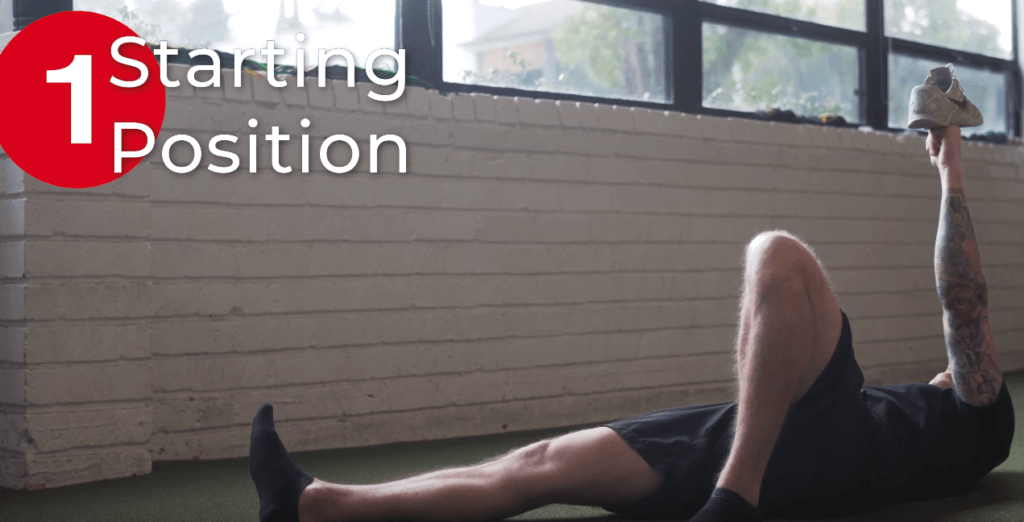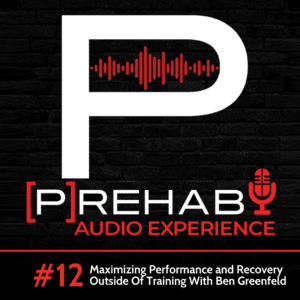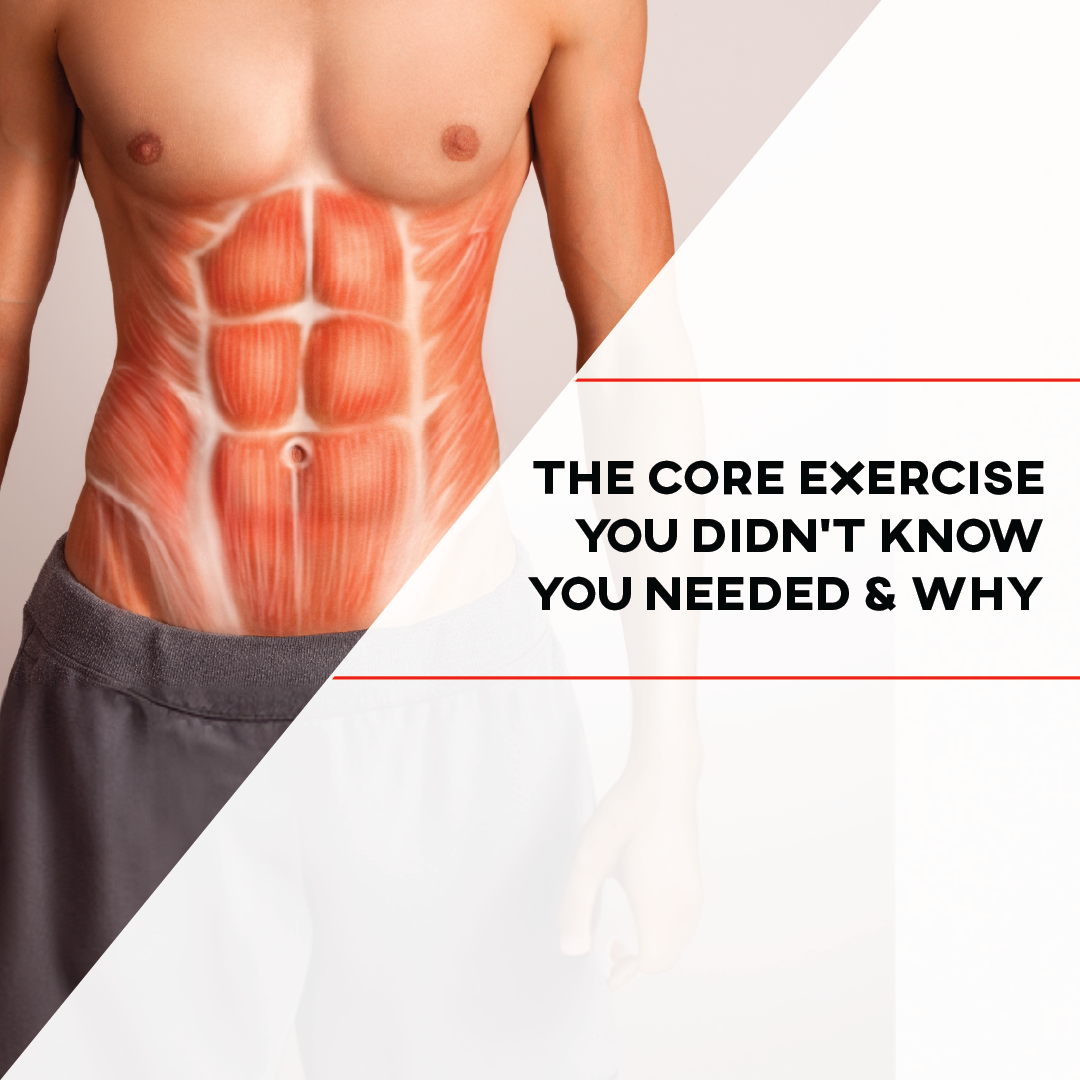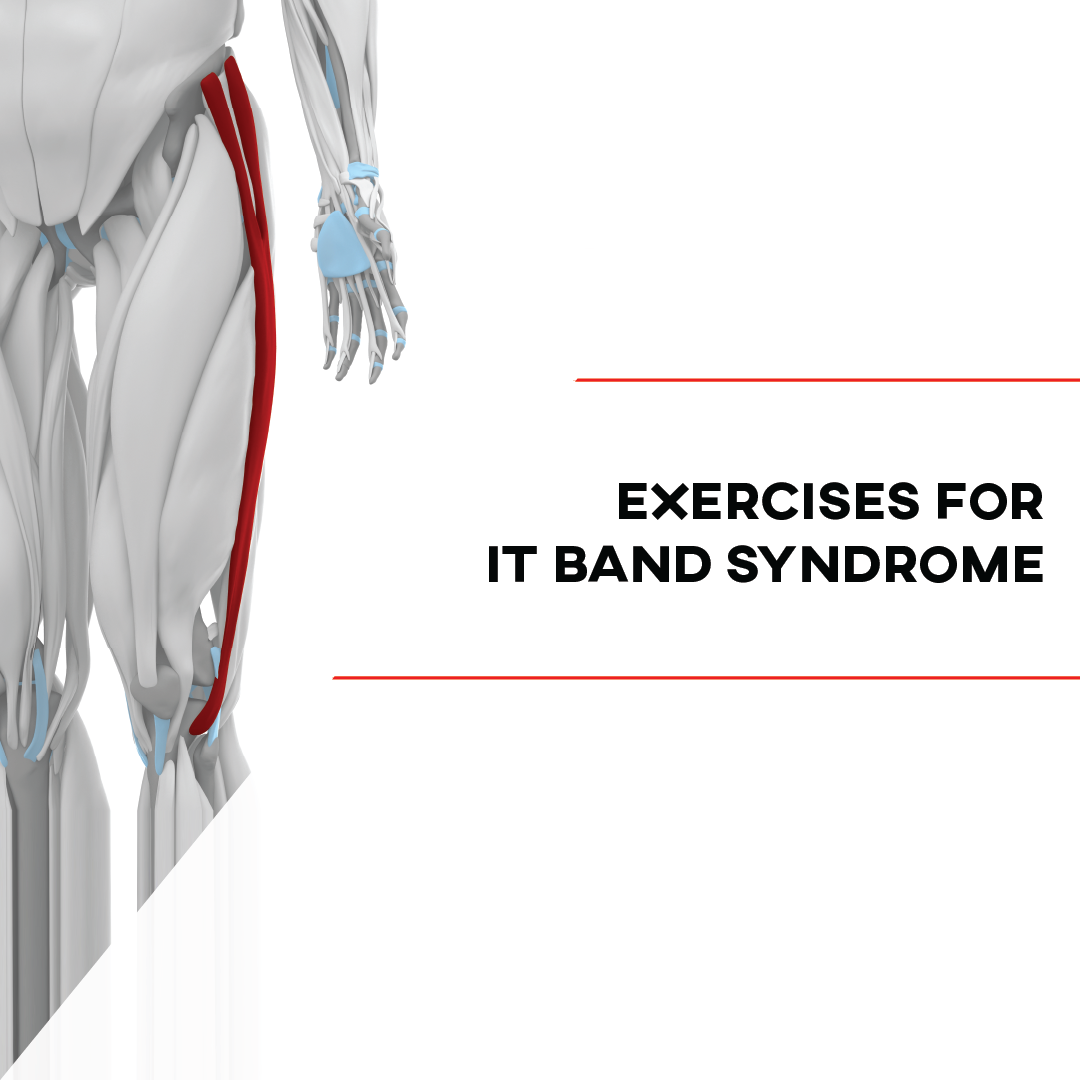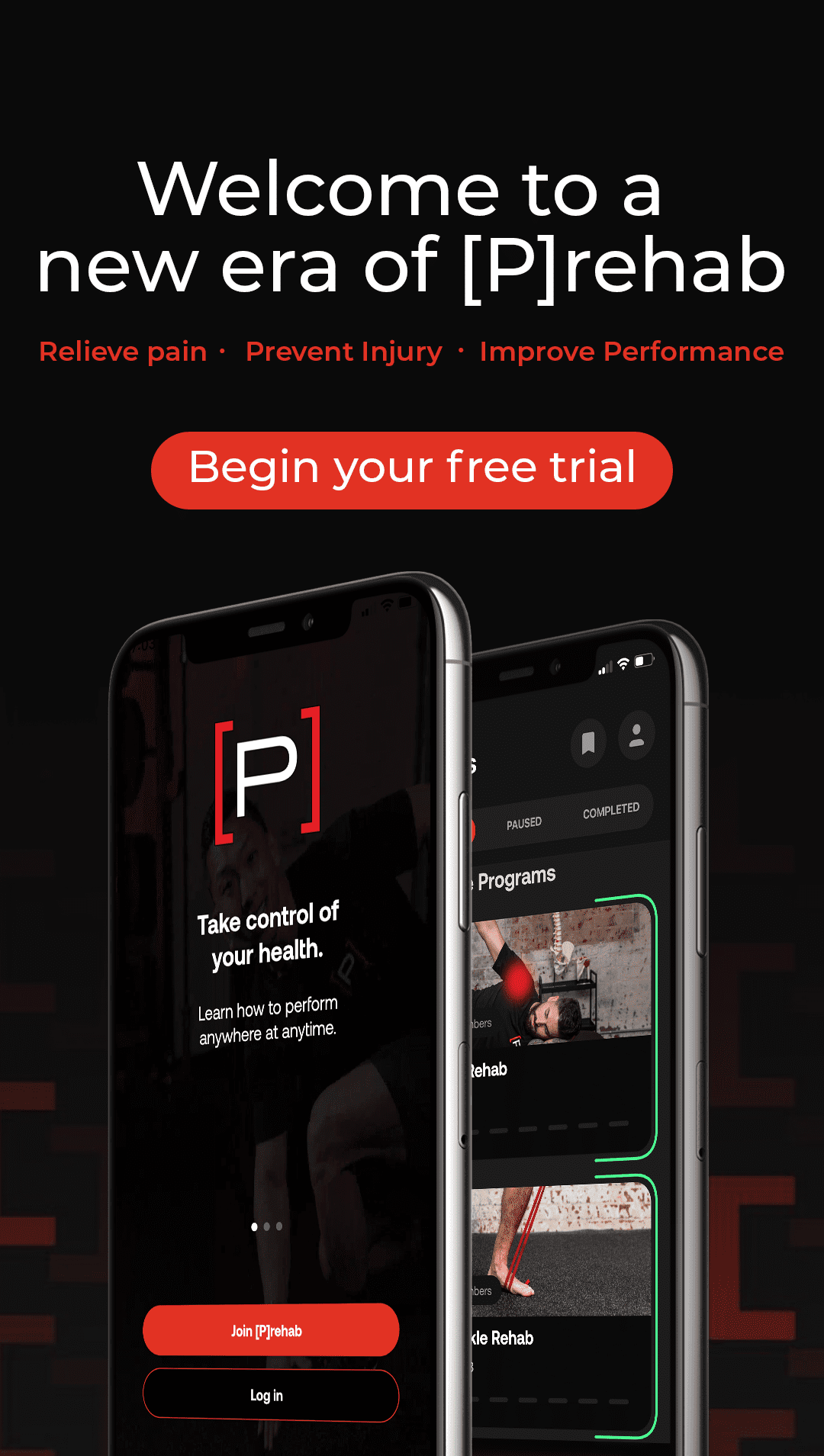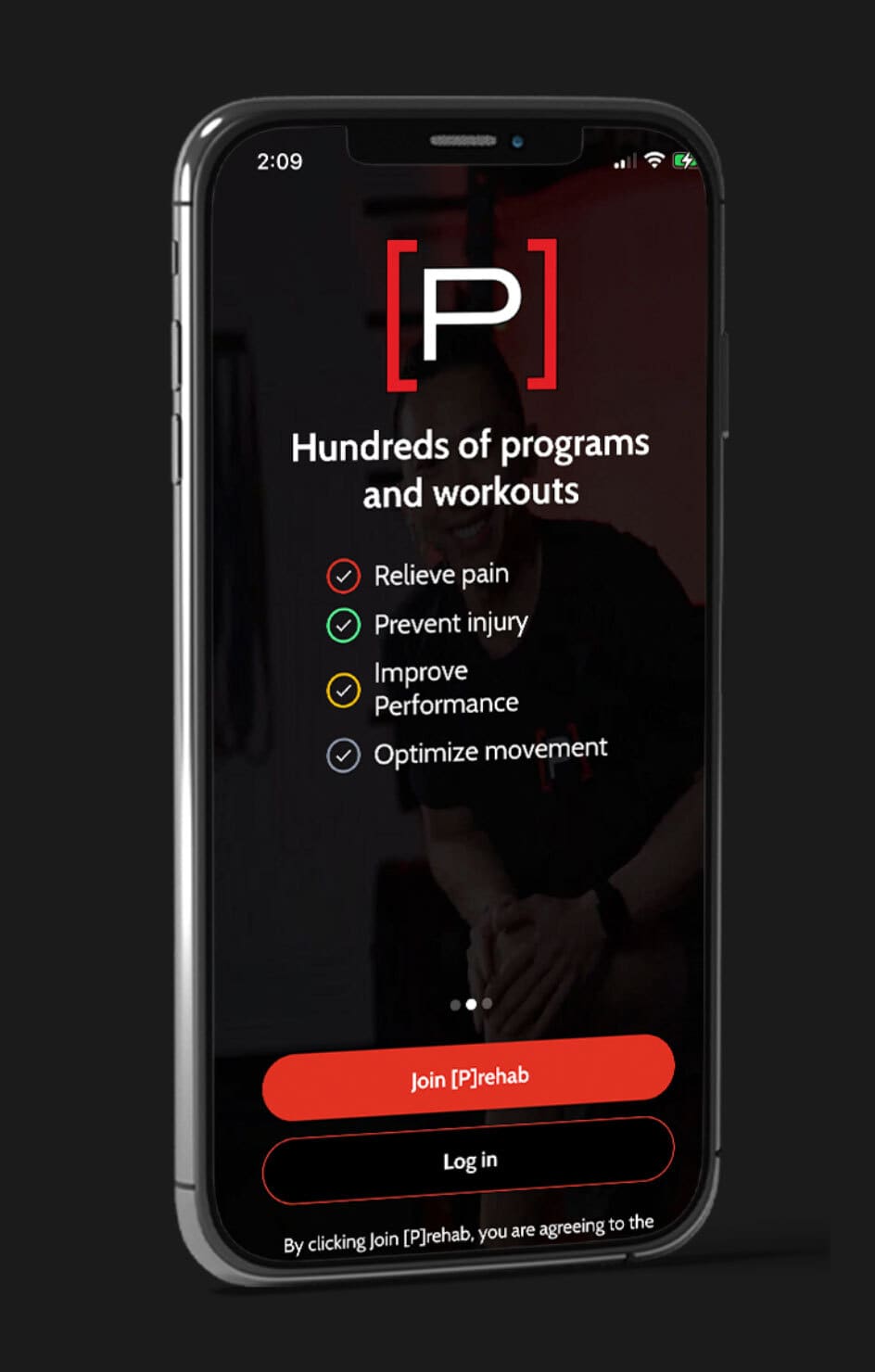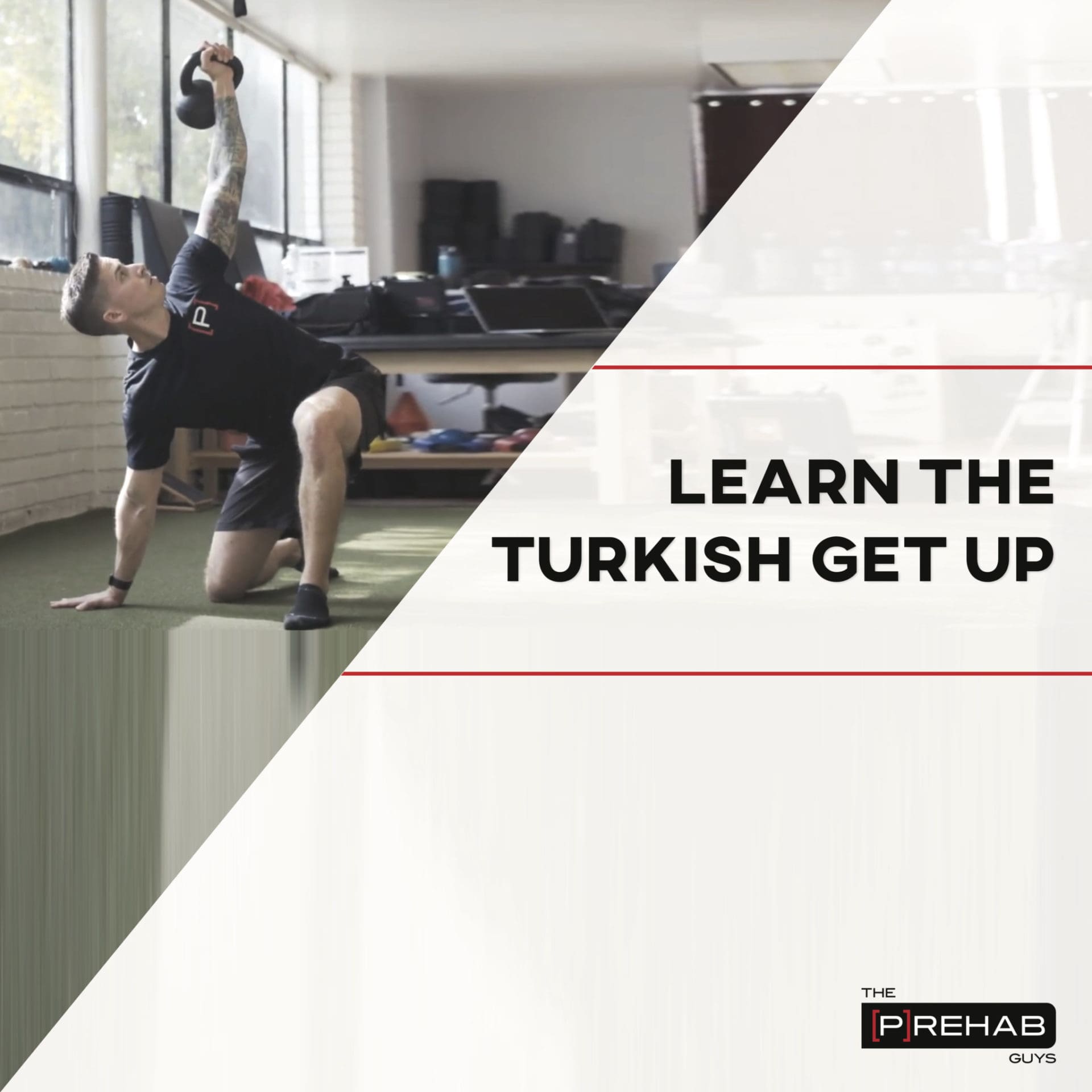
The Turkish Get Up (TGU) is a full-body, three-dimensional exercise that is great for shoulder stability, muscle endurance, and grip strength. As we perform this unique and artistic-like movement, there are a variety of high demand positions that our body must meet with the utmost quality in order to perform it successfully and safely. This includes excellent mobility in various aspects of the body, stability, strength, coordination, and mental focus. What is important to understand is that just because the Turkish is get up is a great exercise for may different aspects of movement, that does NOT mean everyone can or should be able to do it instantaneously without specific, individualized practice! In this article, you will learn everything you need to know to not screw up the Turkish Get Up.
How To Not Screw Up The Turkish Get Up
Why is the TGU so popular anyway? I think a lot of people gravitate to this movement because it looks fun, unique, and can become a new way to challenge your personal exercise goals. It covers the 3 C’s that every popular movement does – it is challenging, requires coordination, and works your core! As a movement professional, it is a great exercise to teach others as it helps to improve body awareness and provides movement variability, which increases overall capacity.
Turkish Get Up Prerequisites
Before we jump into the TGU, we want to make sure it is an appropriate and safe movement for you. You always want to know before any type of exercise that your body is ready to meet the demands of that specific task, movement, and so forth. Tune in at 0:25 in the video above as I review some essential movement capacity prerequisites to be successful at the TGU.
How To Assess Overhead Shoulder Mobility
Why overhead shoulder flexion range of motion (ROM)? I will get into this in a bit, but performing TGUs at a high level requires efficient movement and balance. If you cannot get your arm into the right position to balance the weight overhead, there will be compensatory strategies that may come at a price. There is a great description in the youtube video at the beginning of the blog that can help you visualize how to assess your own shoulder overhead range of motion! All you need is yourself, and a wall to stand up against. Check out the 2:45 mark of the youtube video at the beginning of this blog to see how this can be done effectively.
Improve Overhead Stability To Perform A Turkish Get up!
Looking to improve your overhead stability to achieve a turkish get up? Overhead stability requires multiple moving body parts working together in synchrony. Without adequate motion, stability, strength, and power in the right places, you run the risk of exposing other body regions to excessive strain. As a result, you may be limiting yourself to reach your true performance potential as a fitness athlete. With that being said, addressing overhead stability requires a multi-dimensional approach, while taking out the guesswork and truly identifying your limiting factor to performance. We have blended science with our clinical expertise to provide you with the ultimate proven solution, we know it will help you too! Learn more HERE!
The Trunk Side Bend
What is Trunk Side Bend? What is this hip motion you speak of? Having adequate trunk side-bend (lateral flexion) range of motion (ROM) is necessary to get into the windmill position that you’ll see in the video. Having adequate hip ROM will help to limit excessive back movement, which can help limit excess stress or strain on your spine. Specifically, you want to make sure you have enough hip abduction ROM (you can appreciate this with the side that has the knee on the ground), hip flexion ROM, and hip external rotation ROM (you can appreciate this with the side that has the knee up). The hip joint is a very stable, yet also mobile joint that is able to move in 3 planes of movement. Click HERE to gain a further understanding of hip joint biomechanics.
Quick Tips For The Turkish Get Up
Wrist Strength And Lunge Mechanics
Don’t forget about wrist strength and lunge skills! Can you tolerate loading your wrist? What is your grip strength like? Can you perform alternating reverse lunges with good form while holding a weight overhead? These are all important questions to ask and movements to test (see 1:30 and 2:10 for details). If you find that either aspect of these movements is difficult for you, there are also ways to break them down individually to improve them before progressing to the entire TGU (also shown towards the end of the video)!
We have a previous blog post on exercises for wrist pain that you can read below, some of which may be helpful when attempting to improve wrist and grip strength for the TGU.
READ: EXERCISES FOR WRIST PAIN
How To Practice the Turkish Get Up For The 1st Time
Before you load up the TGU with a lot of weight, you should first master balancing a shoe with the movement! Tune in at 3:43 as I take you through a step-by-step process to be successful with this drill.
Why a shoe? The TGU is all about efficient movement and balancing the weight. You’re going to protect your shoulder better and put less strain on your shoulder and your wrist the more balanced the weight is. A better-balanced weight also allows for more efficient movement. A sloppy TGU ends up being a lot harder on your body in general, and as a result, your body may begin to compensate motion at the shoulder joint in order to avoid dropping the weight. The problem is we compensate at the shoulder because it has more degrees of freedom to do so as it is a mobile joint. However, the shoulder craves stability – sloppy TGUs can lead to sore shoulders and potentially even more serious shoulder issues.
The Prehab membership is the anti-barrier solution to keeping your body healthy. Access state-of-the-art physical therapy, fitness programs, and workouts online in the comforts of your own home or gym! Taking control of your health with exercise & education from the palm of your hand has never been easier. Get access to 50+ programs, 100+ unique workouts, and 3000+ exercises to build your own workout routines. Trial it for free, and learn how to get out of pain, avoid injury, and optimize your health with [P]rehab!
Common Turkish Get Up Faults
Now that you’ve mastered the TGU with a shoe, let’s address the most common faults with the weighted TGU. Tune in to 8:40 as I breakdown these faults and more importantly provide solutions with different cues as well as accessory exercises! Below you will find exercises to work on a few of the most common Turkish Get Up Faults
Wrist Alignment – Improve Grip Strength
Sample Shoulder Overhead Stability Program
Here is a nice compilation of different upside-down kettlebell exercises. Holding a kettlebell upside-down is an excellent way to work on grip strength and wrist stability. Don’t underestimate these exercises! Starting with a lighter weight is recommended to allow your body to adapt to the demands necessary to ensure proper stability throughout the upper body with these exercise variations while helping you learn the Turkish get up.
- Common Fault: Sometimes what may happen is if our wrist and grip strength is not adequate enough to meet the demands of holding a kettlebell of a specific weight, our wrist may fall into extension, which places increased stress on the muscles, tendons, and other tissue on the anterior aspect of the forearm, wrist, and hand. It is important to keep your wrist in neutral, to ensure that there is no increased stress placed on one area of the upper extremity.
Shoulder Muscle Endurance Issues
Sample Overhead Stability Program
When someone tells me their shoulder is getting tired with TGUs, I immediately suggest armbar exercise variations and windmills. These exercises are perfect for addressing this issue and ultimately leading to more success with understanding how to learn the Turkish get up!
Windmill Transitions
Sample Overhead Stability Program
In addition to making the most of your time while you are training or exercising, it is also important to understand how to maximize your results outside of training. We have a [P]Rehab Audio Experience with Ben Greenfield that breaks down this topic!
LISTEN: HOW TO MAXIMIZE RESULTS OUTSIDE OF TRAINING
Closing Thoughts
As you now can understand from reading and viewing the various videos in this article, the Turkish get up is not an easy movement to perform correctly! However, just because it is not easy does NOT mean you are unable to do it! What is important to understand is that remaining honest and humble with yourself is the key to improvement. Break down each aspect of this complex, a string of movements, and ask yourself, am I truly able to perform each part of the TGU correctly and safely? If not, that is OK! The best part of remaining true and honest with yourself is being able to self-reflect with vulnerability, which gives you an opportunity to enhance your weaknesses and ultimately achieve your goals the RIGHT way. The beauty of the TGU exercise is that it is multiple exercises within one exercise. Each part of this synchronized movement sequence can be worked on based on your individual weaknesses, whether that be an emphasis on gaining hip range of motion for example or overhead shoulder flexion. Whatever those specific needs may be, ensure that before you are going to perform the TGU, you have all the mobility and stability components necessary that are needed to execute it optimally. Now go GET UP!
Maximize Your Overhead Performance With Our Programming
The overhead strength demands in a CrossFit program will be sure to test your character. You are making the choice to respond vs react to the overhead challenges this sport creates by owning this movement pattern! First by gaining full access to overhead positions by using strengthen to lengthen concepts for those powerful Lats and Pecs. In the next 4 weeks, you also earn foundational core strength and start to access authentic overhead positions using bottom up positions of the kettlebell.
About The Author
Craig Lindell, PT, DPT, CSCS
[P]rehab Co-Founder & Chief Content Officer





